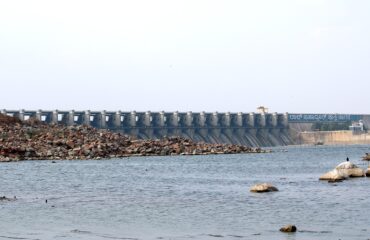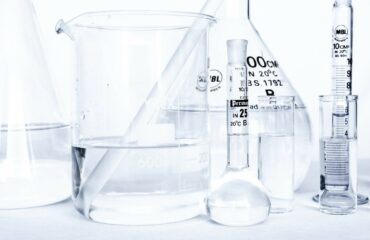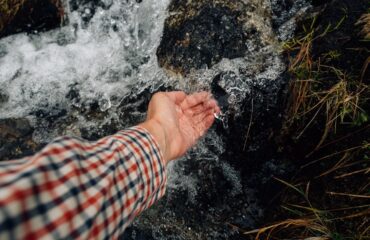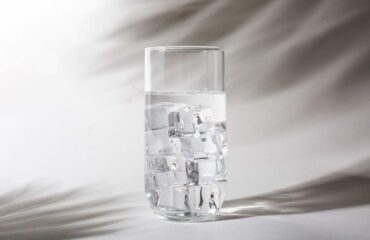Water, often underestimated as a cleaning agent, possesses powerful cleaning properties that can help you achieve a spotless and healthy home or workplace. In this article, we will delve deeper into the science behind water’s cleaning properties, explore the best techniques for cleaning different surfaces and materials, and provide you with valuable tips and tricks for safe and effective cleaning.
Understanding the Science Behind Water’s Cleaning Properties
Water is a unique substance with polarity and surface tension, making it capable of attracting and repelling various substances based on their chemical properties. This inherent polarity allows water to dissolve and suspend dirt, oils, and other contaminants, giving it an inherent solvent quality. However, water alone may not always be sufficient to tackle tough stains or grime. Many cleaning solutions incorporate solvents, detergents, and surfactants to amplify water’s cleaning power.
One fascinating aspect of water’s cleaning properties is its ability to dissolve a wide range of substances. This is due to its versatility as a universal solvent. When water molecules interact with other molecules, they form hydrogen bonds, allowing them to break down and disperse various substances effectively. This property of water makes it an ideal candidate for cleaning, as it can penetrate and dissolve even stubborn stains.
Water-Based Cleaning Techniques for Different Surfaces and Materials
Steam Cleaning:
Steam cleaning is a popular method for cleaning floors, carpets, and upholstery. It not only saves you time and money but also has the added benefit of sanitizing surfaces by killing bacteria and germs without the need for harsh chemicals. The high-temperature steam effectively loosens dirt and grime, leaving your surfaces fresh and clean.
Water and Vinegar:
When it comes to cleaning windows, mirrors, and other glass surfaces, water mixed with vinegar is your secret weapon. This simple solution leaves no streaks or residue behind, ensuring a crystal-clear shine every time.
Water and Baking Soda:
For kitchen and bathroom surfaces, consider using a mixture of water and baking soda. This natural combination creates an effective cleaning solution that can tackle grease, soap scum, and stubborn stains. Baking soda’s abrasive properties help scrub away dirt while water provides the necessary solvent action.
Soap Nuts for Laundry:
When it comes to clothes and fabrics, traditional laundry detergents can contain harsh chemicals that are harmful to the environment and your skin. Soap nuts, on the other hand, offer a gentle and eco-friendly alternative. These natural soapberries contain saponins that act as a natural detergent, leaving your clothes clean and fresh without the chemicals.
Tips and Tricks for Effective and Safe Water-Based Cleaning
To maximize the benefits of water-based cleaning, here are some key tips and tricks:
Proper Proportions:
Ensure that you prepare and use cleaning solutions with the correct proportion of water and other ingredients for each cleaning task. This will help you achieve the desired results without wasting resources.
Temperature and Pressure:
When using steam cleaning, selecting the right temperature and pressure is crucial to avoid damaging surfaces or leaving excess moisture. Proper calibration ensures both effective cleaning and protection of your belongings.
Avoid Common Mistakes:
Overusing water or scrubbing too vigorously can lead to subpar results. Be gentle on surfaces and use just the right amount of water for each task.
Safety First:
Always prioritize safety. Use protective gear and ensure proper ventilation when dealing with potentially hazardous substances, such as mold or mildew.
Eco-Friendly Cleaning:
Water-based cleaning is not only effective but also environmentally friendly. By reducing your reliance on chemical cleaners, you can minimize your carbon footprint and contribute to a healthier planet.
Comparing Water-Based Cleaning to Other Methods
While chemical cleaners and dry cleaning can be effective in specific situations, they often come at a higher cost, harm the environment, and pose health risks. Water-based cleaning, in contrast, offers a more cost-effective and sustainable alternative that contributes to maintaining a healthy indoor environment. By choosing the appropriate cleaning method for each task, you can minimize your carbon footprint and reduce exposure to harmful chemicals.
In Conclusion
Water-based cleaning is an environmentally friendly, cost-effective, and efficient approach to maintaining a spotless and healthy living or working space. By understanding the science behind water’s cleaning properties and employing the right techniques and tips, you can achieve outstanding results without compromising your budget or the environment. Explore the untapped potential of water as a cleaning agent and discover a cleaner, greener way to refresh your surroundings.
In today’s world, where environmental consciousness is on the rise, adopting water-based cleaning practices is not only a smart choice but also a responsible one. Embrace the power of water, and you’ll not only have a cleaner space but also contribute to a cleaner planet for future generations. So, make the switch to water-based cleaning today and witness the transformative effects it can have on your life and the environment.








